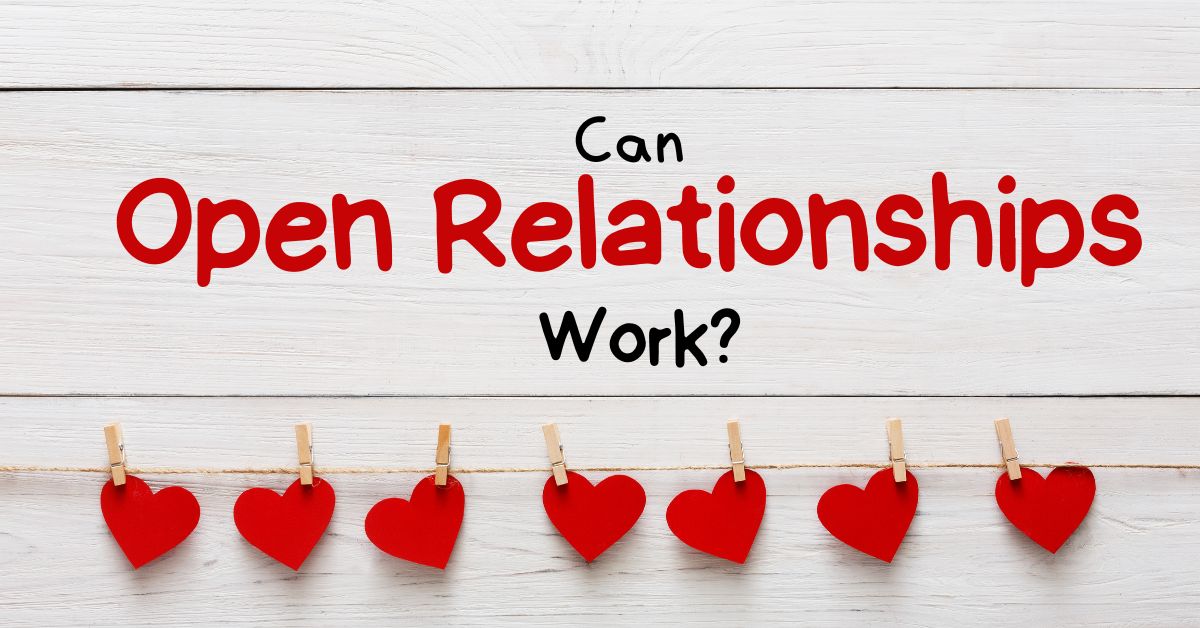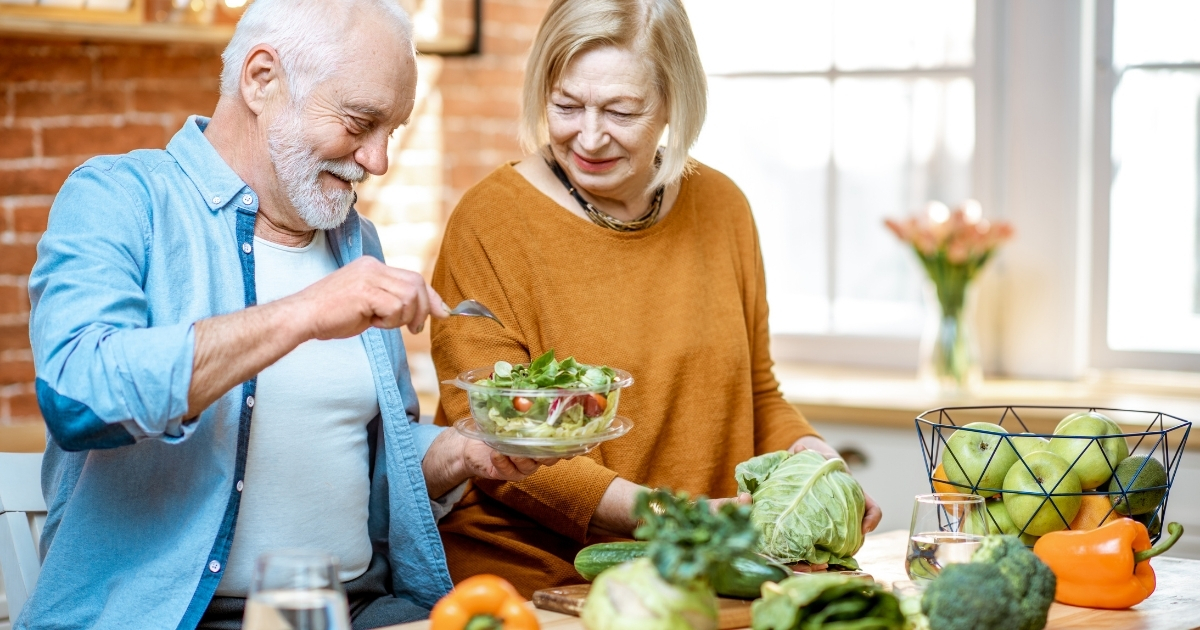
Can Open Relationships Work?
For many people over 50, the landscape of relationships today looks different from what it did a few decades ago. Life experience, personal growth, and changing priorities often lead to rethinking traditional ideas about partnerships. For some, this includes exploring open relationships. But what does an open relationship look like at this stage of life, and can it work for you?
The success of an open relationship often depends on factors like trust, communication, and a willingness to explore boundaries together. It’s not a one-size-fits-all answer, but for those open to the idea, it can bring new levels of fulfillment and connection. Here’s a closer look at open relationships over 50 and how they might fit into your life.
An open relationship allows partners to pursue additional romantic or sexual connections outside their primary relationship, as long as it’s agreed upon by both parties. This can look different depending on the couple. Some may engage in casual dating with others, while others may form deeper emotional bonds outside their primary partnership.
The foundation of an open relationship lies in honesty, consent, and mutual understanding. Unlike traditional monogamy, this arrangement acknowledges that one person may not satisfy all emotional, physical, or romantic needs, and that’s okay. Meeting these needs through openness can strengthen a partnership by fostering deeper conversations and fresh perspectives.
Why Open Relationships Appeal To People Over 50
Why are so many people in midlife considering open relationships? There are several reasons, many of which stem from the unique phase of life where priorities, goals, and attitudes evolve.
- Personal Rediscovery: By the time you reach your 50s, you’ve likely spent years focusing on family, career, or traditional expectations. Open relationships can offer a sense of rediscovery, allowing you to reclaim individuality and explore unfulfilled desires.
- Renewed Passion: The routine of long-term relationships can sometimes lead to stagnation in intimacy. Opening a relationship can reignite a sense of passion and enthusiasm, not just with others, but also with your primary partner.
- Freedom and Autonomy: Many people over 50 value independence in their partnerships. Open relationships allow individuals to maintain a sense of personal freedom while staying emotionally connected.
- Flexibility in Commitment: For those who are dating rather than in long-term partnerships, an open relationship might feel less restrictive and more aligned with evolving expectations about companionship and personal growth.
What ties these reasons together is an openness to reimagine what a fulfilling relationship can look like as you enter this dynamic phase of life.
Are You And Your Partner A Good Fit For This Arrangement?
Open relationships aren’t the best choice for every couple, but they can work wonderfully when both people are on the same page. Consider the following to assess whether this arrangement might be a good fit for you:
Key Indicators an Open Relationship Might Work:
- Comfort with Open Communication: Being able to discuss emotions, desires, and boundaries is crucial. If you and your partner can openly talk about your fears and expectations without judgment, it’s a positive sign.
- A Strong Foundation of Trust: Transparency and trust are the underpinnings of healthy open relationships. If you already trust each other deeply, you’re better positioned to handle the complexities of this dynamic.
- Mutual Interest: It’s vital that both you and your partner genuinely want to explore this path. If only one person is enthusiastic while the other feels pressured, it can lead to resentment and misunderstandings.
- Self-Reflection and Awareness: Being open to examining your own feelings, insecurities, and motivations is key. Open relationships often challenge traditional thinking, requiring a level of introspection and personal growth.
Possible Roadblocks to Watch For:
- Jealousy Issues: Some people feel heightened jealousy when their partner forms outside connections. While jealousy isn’t inherently a dealbreaker, it’s important to have strategies to manage those feelings.
- Differing Motivations: If one person views an open relationship as an escape from a troubling partnership, it’s unlikely to succeed. The arrangement works best when approached from a place of mutual growth, trust, and curiosity.
- Unresolved Relationship Tensions: Existing issues in a relationship won’t be solved by opening it up. On the contrary, they’re likely to be amplified.

How To Establish A Successful Open Relationship
If you do decide to pursue an open relationship, starting off on the right foot is essential. Here’s how to set a strong, respectful foundation:
- Establish Clear Boundaries
- What type of outside connections are acceptable? For example, some couples may be comfortable with casual hookups but prefer to avoid deeper emotional entanglements.
- Are there hard limits, such as specific people or situations that feel off-limits?
- Agree on how much you want to share about your outside relationships, whether it’s complete transparency or a simpler “don’t ask, don’t tell” policy.
- Communicate Regularly
- Make it a habit to check in with your partner often. These conversations can address feelings, concerns, or anything that’s shifted since you started.
- Always be honest about your experiences and emotions, as withholding information can quickly undermine trust.
- Prioritize Emotional and Physical Safety
- Practice safe sex to protect yourself and your partners from STIs. Regular health check-ups and screenings can provide peace of mind.
- Emotionally, ensure both of you get the reassurance and time needed within your primary relationship. Physical intimacy isn’t the only aspect that requires safeguarding.
- Dedicate Time to Each Other
- Ensure your primary partnership doesn’t feel overlooked. Regular date nights, meaningful conversations, and affectionate gestures help solidify your bond amidst other connections.
- Seek Support or Resources
- Look for books, online communities, or workshops focused on open relationships over 50. Understanding others’ journeys can help you feel less alone and give you valuable coping strategies.
- Therapy, particularly with professionals experienced in non-traditional relationships, can help you and your partner successfully navigate this terrain.
Challenges and How to Manage Them
Even with the best intentions, open relationships naturally come with challenges. Being proactive and prepared can help you overcome these hurdles:
- Dealing with Jealousy: Jealousy is more common than you might think. Instead of feeling ashamed or trying to bury it, explore where it comes from. Is it rooted in insecurity, fear, or unmet needs? Discuss these feelings openly with your partner. Reaffirming your commitment to each other can alleviate some of the tension.
- Facing Judgment: Talking about an open relationship can invite criticism or confusion from others, especially if they adhere to traditional views of monogamy. Protect your peace by sharing information selectively and focusing on building connections with supportive, like-minded individuals.
- Balancing Schedules and Energy: Balancing multiple relationships takes work. To avoid neglecting one connection in favor of another, consider using tools like calendars or scheduling apps.
Personal Stories from Lifelong Explorers
Hearing from people who’ve made open relationships work after 50 can offer incredible insights. One 56-year-old woman shared that allowing space for outside relationships gave her and her partner more to share as a couple. The experience brought fresh perspectives, and they felt their marriage grew stronger due to their open and honest communication.
Meanwhile, a 63-year-old man spoke about how the freedom to explore created a sense of youthful energy he hadn’t felt in years. While it wasn’t always smooth sailing, he and his partner learned to communicate better, which solidified their bond.
These stories show that, with maturity and mindfulness, open relationships can bring joy and a deeper understanding of both yourself and your partner.
Reflecting on Your Readiness
Still unsure if this path is right for you? Here are questions to consider before making the leap:
- Do I have clear motivations for exploring an open relationship, beyond escapism or dissatisfaction?
- Am I prepared to deal with feelings of jealousy or insecurity that may arise?
- Have I talked openly with my partner about expectations and boundaries?
- Am I ready to tackle the time and emotional commitments this arrangement may require?
- How will I handle situations where feelings become more complex than expected?
Exploring What’s Possible Over 50
Open relationships aren’t about rejecting tradition; they’re about building something that reflects where you are in life. For singles and couples over 50, this exploration can offer new opportunities to connect, grow, and find authenticity.
Have the courage to examine your needs, question old rules, and talk openly with your partner about what could work for both of you. The potential for happiness may be greater than you imagine. If you feel ready, an open door to new possibilities awaits.











